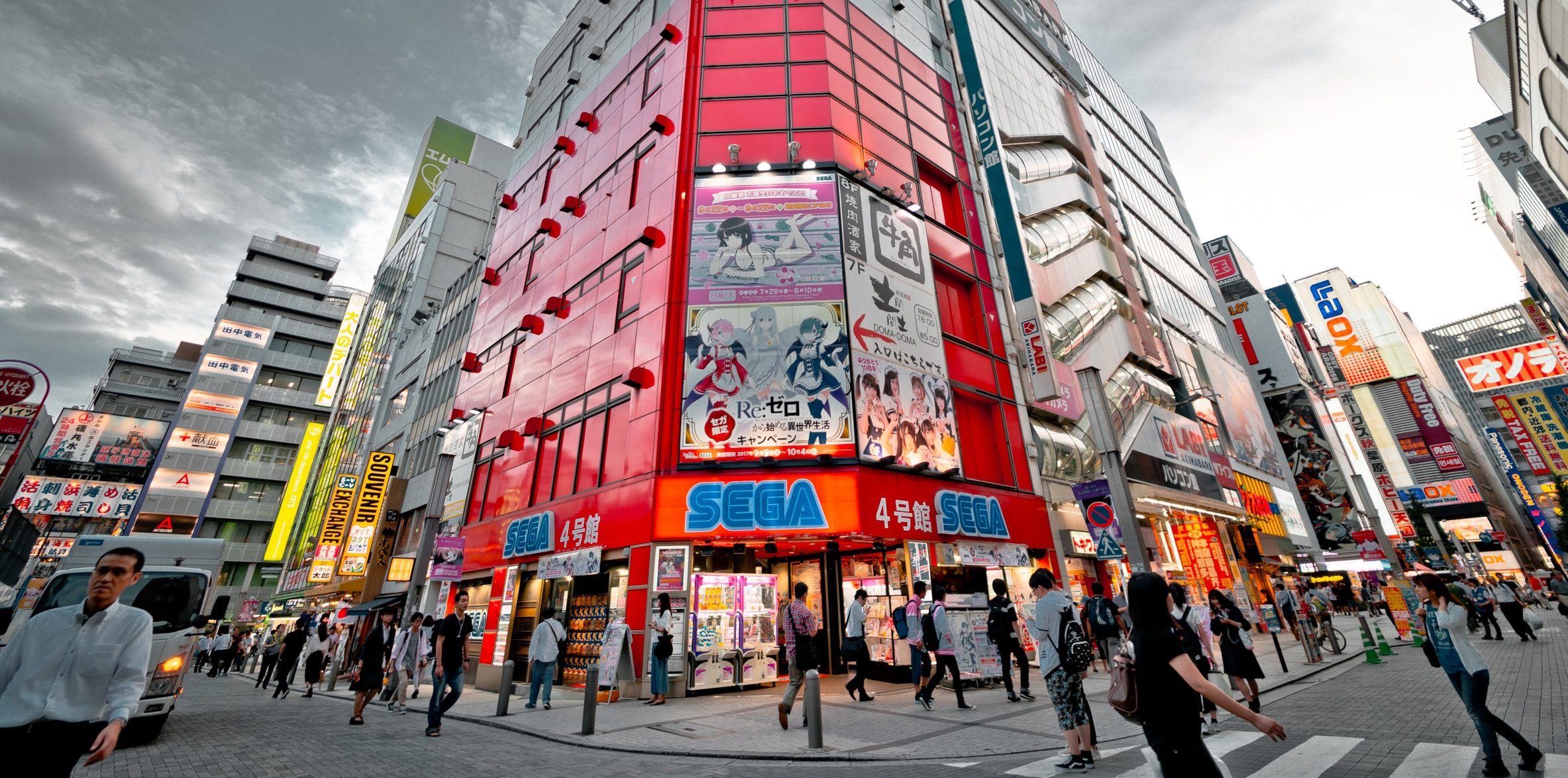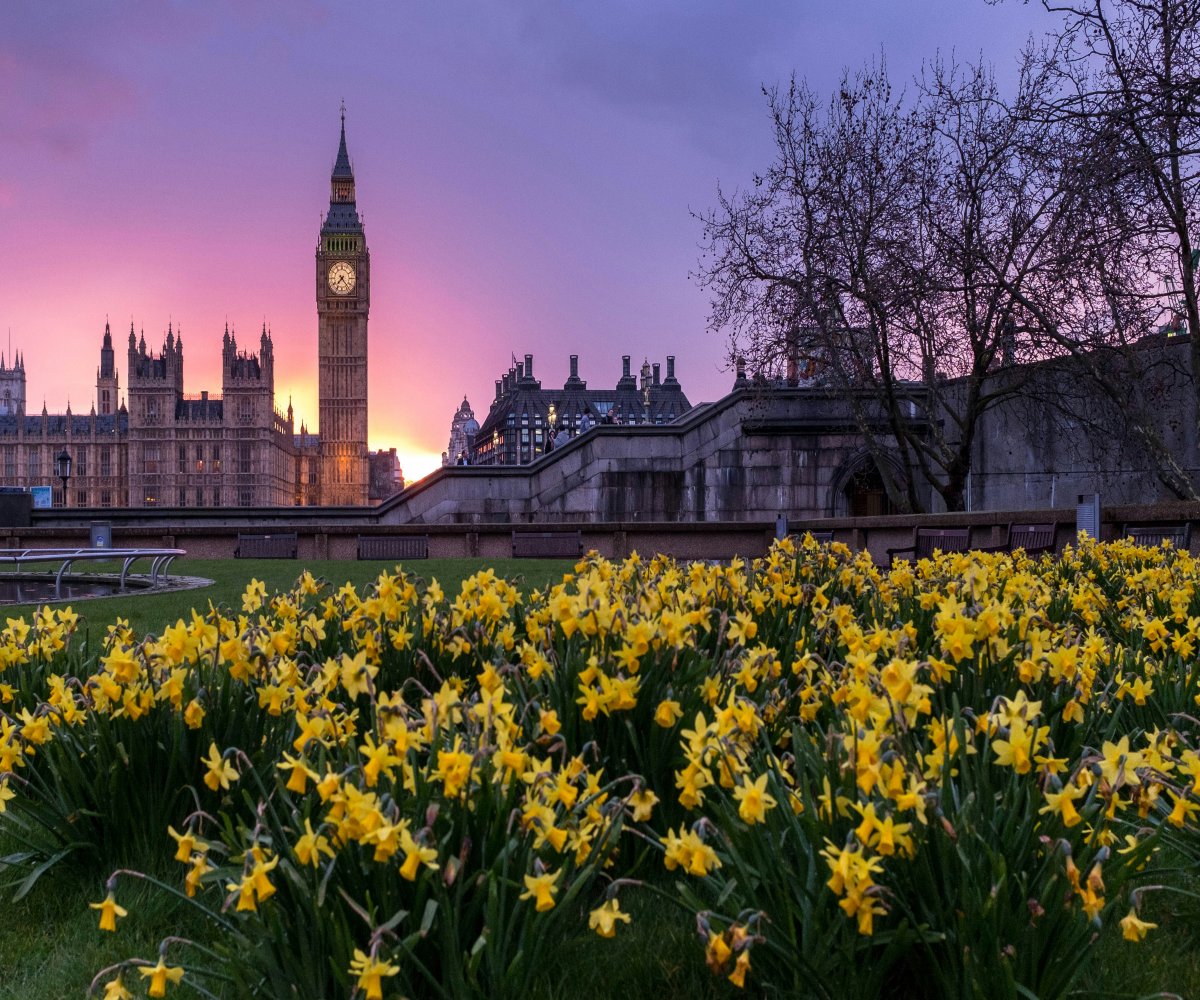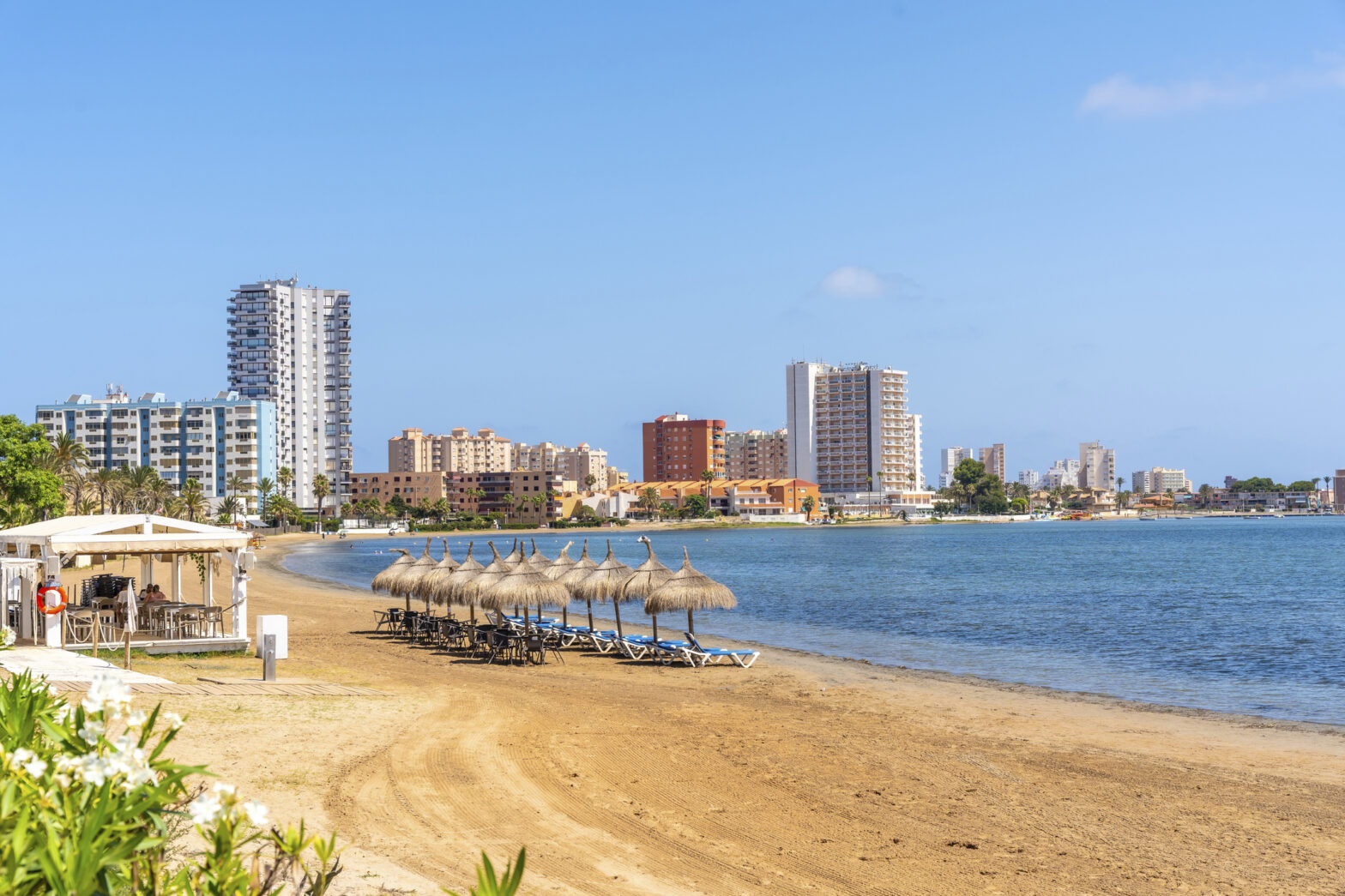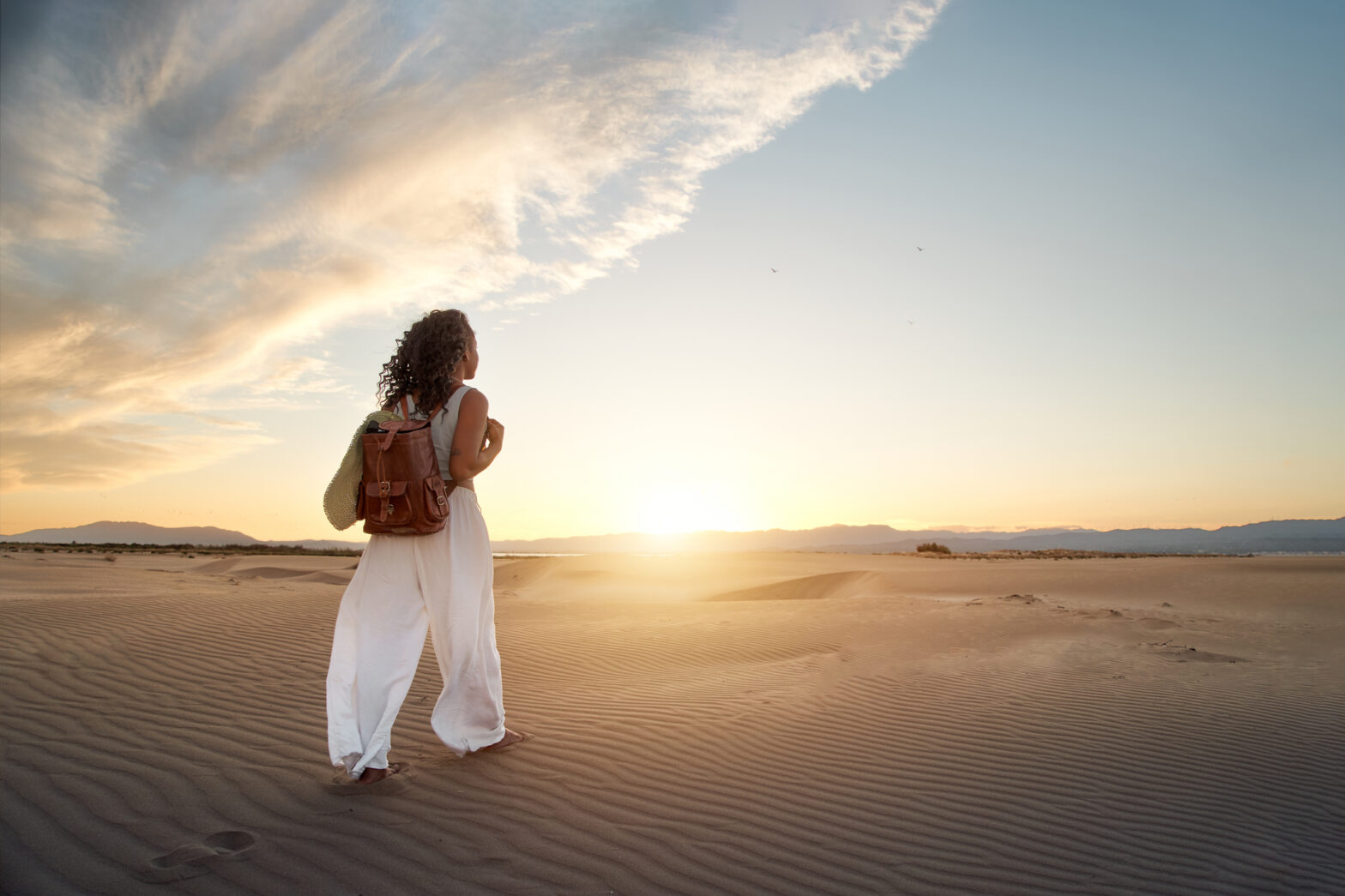No book, TV show, movie, or documentary can prepare you for Tokyo. Whatever image you’ve conjured up in your vivid imagination about the city, it will never come close to the REAL Tokyo. By population, Tokyo is the world’s largest city, where 38 million people within 5,000 square miles live. Here’s my (@ablackmanabroad) experience journey through the exciting city.
Getting To Tokyo
Two international airports serve Tokyo: Narita, which is 43 miles away from the city, and Haneda, which at eight miles away is much closer. I flew into Narita because it was cheaper. Many airlines fly there, including all three legacy carriers (American, United, and Delta), or you can fly Japan’s flagship carriers All Nippon Airways or Japan Airlines. Having flown in from Bangkok, I flew Thai Airways.
Getting into town is easy. There are many options to choose from since Tokyo doesn’t really have shuttles depending on your arrival point. From Narita, you can either take the limousine bus like I did for 3,100 yen (about 28 USD), the Narita Express (NEX) train for 2,940 yen (about 26 USD), or the Skyliner train which runs from the airport to Ueno Station near the University of Tokyo for 2,400 yen (about 22 USD).
RELATED: How To Do The Perfect Layover In Hong Kong
Money
Japan uses their own currency called the yen. Coins range from 1 to 500 yen, where notes take over from 1,000, 2,000, 5,000, and 10,000 yen denominations.
Despite being so technologically advanced, Tokyo is a VERY cash-centric city. The chances of finding anywhere but airports that accept credit or debit cards are slim to none, so keep that in mind. Speaking of cash, ATMs in Tokyo are very different from those in the US. Some close as early as 8PM (some, not all), and most won’t let you withdraw less than 10,000 yen (about 88 USD). If you need cash after hours, look for a 7-11.
To give you an idea of how much things cost, a pint of beer is about 500 yen and a coffee is about 300 yen. A bowl of ramen is about 800 yen, and even though Tokyo is known for being expensive, it CAN be surprisingly affordable if you’re willing to explore.
Getting Around In Tokyo
Tokyo’s metro system is extremely efficient, but it’s confusing! Google maps will literally save your life trying to use the metro in Tokyo. As a tourist, the Yamanote line with be your friend since it goes in a loop to all the tourist spots.
To make it more confusing, several different railway systems run within Tokyo, like the JR East Network, two subway networks (Tokyo Metro and Toe subway line), and a ton of private lines. To add insult to injury, different systems appear on different route maps. Like I said, Google Maps will be your best friend when trying to navigate the railway system. Also keep in mind that trains stop running between midnight at 5 PM, and if you need to take a taxi then, the fares increase by 20%.
What To See And Do
Shibuya is home to the world’s busiest pedestrian intersection. If you want a view of the intersection, there is a Starbucks at one of the crossing points where can go to the second floor and watch many as 3,000 people cross it at one time during peak hours! From nightclubs to shopping, Shibuya comes alive at night.
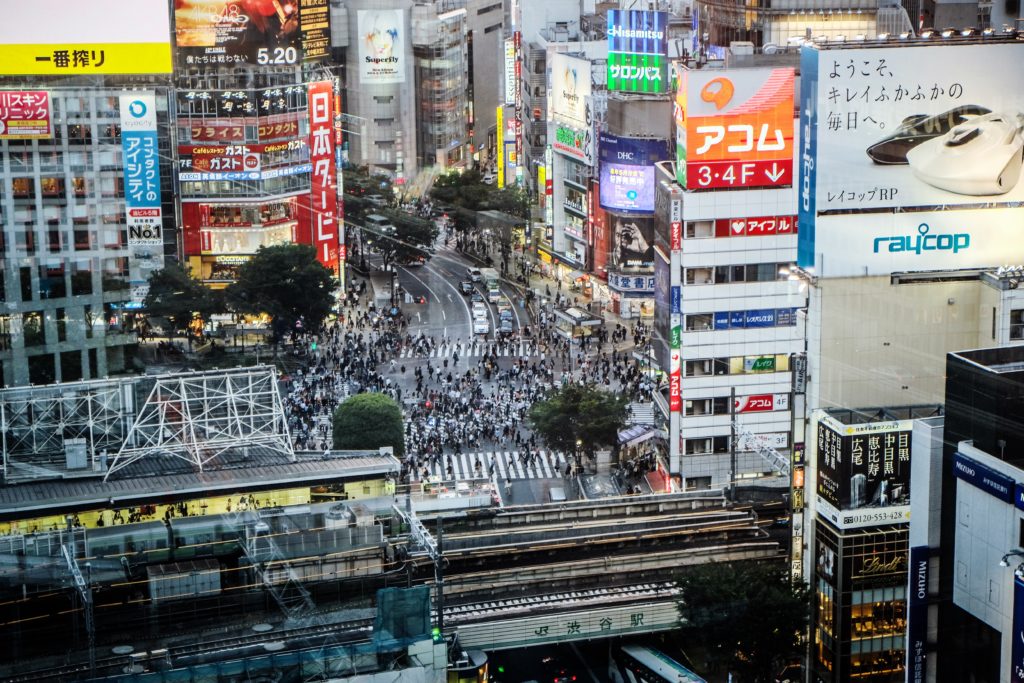
If you ever wondered what Times Square on steroids would be like, go to Shinjuku. As soon as you get off the train at Shinjuku station, you can feel the energy. Here you can find the Metropolitan government building, where you can go to the top observation deck for free for a bird’s eye view of Tokyo. East of the station is Kabukichō, Japan’s largest and wildest Red Light District. It’s a pretty interesting area to stroll around, but despite Japan having such a low crime rate, keep your guard up in the Red Light District.
Called Electric Town, Akihabara is a MECCA of everything related to video games and anime. It’s literally the geek capital of the world. Whether you identify yourself as one or not, it’s still worth going to see. If you want a blast from the past, there is a store in Akihabara called Super Patato in a renovated apartment building where you’ll find the holy grail of video games from Super Nintendo Famikon, and a wall full of every N64 game ever made.
Roppongi is the party district of Tokyo. Despite the party scene, Roppongi is home to a lot of international cuisines and foreign embassies. The nightlife is popular among locals and foreigners alike. Since Roppongi is foreigner friendly, many people there speak English. It’s also a 20-minute walk away from Tokyo Tower, the Japanese version of the Eiffel Tower.
Tokyo Skytree is the tallest building in Japan and the second tallest structure in the world after the Burj Khalifa in Dubai.
Asakusa (pronounced Uh-Sox-uh) is where you will find Tokyo’s oldest temple, the Senso-ji, as well as the Kaminarimon. Asakusa has some amazing street food, as well as shopping, and you can walk there from Tokyo Skytree, or take the free Panda Bus from Skytree.

The Food
Aside from the typical staples of Ramen and sushi, Tokyo has a TON of international cuisines to choose from. Tokyo is home to more Michelin-starred restaurants than London and New York combined, and I highly recommend the Ginza Aster Subaru and the Coconoma Season Dining, which is located on the 1st floor of Hotel and Residence Roppongi Hotel S where I stayed. If you want some great Ramen, head to Kipposhi, next to Tokyo Skytree. And don’t leave without trying the Kobe beef.
Do Not Tip In Japan
It’s considered extremely rude. Good service is considered part of what you pay for, so when you tip, you’re putting your server in an awkward position. Another way it could be interpreted is that you’re somehow better than your server. So just don’t do it.
Tokyo is now one of my favorite places that I have ever visited. It’s a hyper-modern city built on deep traditional roots, and you can walk the streets of Tokyo and see the future being defined right in front of you and also see practices that haven’t changed in over a thousand years. If you want to see the past and present go hand-in-hand, Tokyo is the place to be.
